 Well, another minor league season has come and gone here at TheClevelandFan.com and SportsTimeOhio.com. With that, it is time to put the wraps on the season with the second annual Minor League Tony Awards. While this is the final edition of Minor Happenings for this season, look for intermittent editions between now and spring to recap all the developments and news over the course of the offseason.
Well, another minor league season has come and gone here at TheClevelandFan.com and SportsTimeOhio.com. With that, it is time to put the wraps on the season with the second annual Minor League Tony Awards. While this is the final edition of Minor Happenings for this season, look for intermittent editions between now and spring to recap all the developments and news over the course of the offseason.Offensive Player of the Year
The Nominees: Ben Francisco (Buffalo), Jordan Brown (Akron), Asdrubal Cabrera (Akron/Buffalo), Matt Whitney (Lake County/Kinston), Nick Weglarz (Lake County)
The Skinny: Ben Francisco won the International League batting title and hit .318 with 12 HR, 51 RBI, 22 stolen bases and an .878 OPS. Jordan Brown won the Eastern League batting title and was also named Eastern League MVP hitting .333 with 11 HR, 76 RBI, 11 stolen bases, and a .906 OPS. Prior to being called up to Buffalo and then to Cleveland in August, Asdrubal Cabrera arguably was the Eastern League MVP and hit .310 with 8 HR, 57 RBI, 25 stolen bases and an .828 OPS in combined time at Akron and Buffalo. Whitney enjoyed a renaissance this season, and splitting the season in Lake County and Kinston hit .299 with 32 HR, 113 RBI and a .909 OPS. Nick Weglarz established himself as a young up-and-coming legit power hitting prospect, hitting .274 with 24 HR, 83 RBI and an .891 OPS.
And the Tony Award goes to: Matt Whitney
While the batting title for Ben Francisco was impressive, he also spent roughly a third of the season in Cleveland, and the same goes for Asdrubal Cabrera. Weglarz had a great year as a 19-year old in his first full season by belting 24 home runs and drawing 83 walks (.393 OBP), and Jordan Brown won the Eastern League MVP and batting title. But, the clear winner here is Whitney. He just had an unbelievable season and led the entire Indians system in home runs and RBI, and also was in the top five in all the minors in home runs. Whitney was finally healthy this year, and his numbers were greatly helped by a strikeout rate that improved from one every 2.6 at bats last year to one every 4.2 at bats this year.
Pitcher of the Year
The Nominees: Aaron Laffey (Akron/Buffalo), Jim Deters (Kinston), Josh Tomlin (Lake County/Kinston), Reid Santos (Akron), Jensen Lewis (Akron/Buffalo)
The Skinny: Aaron Laffey pitched at Akron and Buffalo and combined to go 13-4 with a 2.88 ERA, 99 strikeouts and a 1.13 WHIP in 131.1 innings pitched. Jim Deters won the Carolina League ERA title, going 12-4 with a 2.24 ERA, 66 strikeouts and a 1.09 WHIP in 112.1 innings pitched. Josh Tomlin split time in Lake County and Kinston and went 11-4 with a 3.36 ERA, 109 strikeouts and a 1.21 WHIP in 131.1 innings pitched. Reid Santos split the season in the bullpen and starting rotation at Akron and Buffalo going 8-3 with a 2.72 ERA, 85 strikeouts and a 1.15 WHIP in 96 innings pitched. Jensen Lewis flew through the upper levels of the system, and went 3-0 with a 1.73 ERA, 61 strikeouts and a 0.94 WHIP in 52 innings pitched.
And the Tony Award goes to: Aaron Laffey
Overall, the pitching in the system - from a performance standpoint - was down this year. Top pitching prospects Adam Miller and Chuck Lofgren had very ordinary years and proved to be human. Even still, there were a few very good performances. Jensen Lewis had a fantastic season and adapted to the new bullpen role perfectly, and Reid Santos was a great swing guy for Akron. Deters and Tomlin also had impressive years from a numbers standpoint, but in the end, Laffey is the clear winner. Laffey just had an outstanding year, and after a rough first couple starts in Buffalo rattled off nine wins in a row. In six June starts, Laffey went 6-0 with a ridiculous 0.87 ERA, holding batters to a .199 batting average in the process and striking out 38 batters in 41.1 innings pitched. Laffey's success this season actually started last year where he went 12-4 with a 3.16 ERA in 29 combined games (23 starts) at Akron and Buffalo in 2006.
Comeback Player of the Year
The Nominees: Michael Aubrey (Kinston/Akron), Matt Whitney (Lake County/Kinston), Chris Gimenez (Kinston/Akron)
The Skinny: Michael Aubrey came back from a bad leg injury he suffered last year as well as numerous other injuries practically played the entire season at 75-80% and still hit .277 with 12 HR, 45 RBI and an .813 OPS. Coming into this season, Matt Whitney had been written off as a top prospect, but he rebounded this season to hit .299 with 32 HR, 113 RBI, and a .909 OPS. Chris Gimenez came back from a career threatening staff infection and thumb injury the past two seasons and hit .264 with 26 HR, 66 RBI, and an .899 OPS.
And the Tony Award goes to: Matt Whitney
Aubrey made a valiant effort playing through pain this season, so much so, that after every game his body from the ribs down was covered in ice packs. It also marked the first time since his professional debut in 2003 that he finished the season playing and not on the disabled list. Also, Chris Gimenez had a fantasic year, one which he never thought he would see two years ago when he was laid up in a hospital bed with a serious staff infection and seconds away from having his leg amputated (more on this in a feature on Gimenez this weekend). But, again, Whitney's resurgence this season as a top power prospect wins out. Whitney was once one of the top young players in the Indians system, but after a bad leg injury in spring 2003, his career had taken a serious detour the past four years where he only hit a combined .230 with 21 HR and 96 RBI in 225 games from 2003-2006.
Biggest Breakthrough
The Nominees: Jordan Brown (Akron), Chris Gimenez (Kinston/Akron), Josh Rodriguez (Kinston), Jared Goedert (Lake County/Kinston), Nick Weglarz (Lake County), Todd Martin (Mahoning Valley)
The Skinny: Jordan Brown jumped from good prospect status coming into the season to one of the more elite after he hit .333 with 11 HR, 76 RBI and a .906 OPS in his MVP-winning season this year at Akron. Chris Gimenez showed very good power potential and versatility this year, hitting .264 with 26 HR, 66 RBI, and an .899 OPS. Josh Rodriguez is now arguably the best middle infield prospect in the system, and hit .262 with 20 HR, 82 RBI, 21 stolen bases, and an .811 OPS. Jared Goedert was arguably the best hitter in minor league baseball in April and May, and on the year hit .317 with 20 HR, 74 RBI, and a 1.020 OPS. Nick Weglarz showed unbelievable raw power and plate discipline for a 19-year old kid in a full-season league, and hit .274 with 24 HR, 83 RBI, and an .891 OPS. Todd Martin showed he might be a late bloomer, hitting .360 with 8 HR, 40 RBI and a .956 OPS for short-season Mahoning Valley.
And the Tony Award goes to: Nick Weglarz
Jordan Brown cemented himself as probably the Indians best pure hitting prospect in the system, and he also validated his 2006 Carolina League MVP season from last year. Also, Chris Gimenez and Todd Martin showed versatility combined with power and an advanced approach at the plate. But, the three big breakthroughs this season belonged to Josh Rodriguez, Jared Goedert and Nick Weglarz. Rodriguez and Goedert now give the Indians some legit middle infield prospects, something which has really been lacking the past few years. Goedert was amazing in April and May, and if not for a shoulder injury that plagued him the last half of the season he might have run away with this award. Weglarz was consistent all year, and surprisingly in his first year in a full-season league and only being 19-years old he got stronger as the year went on as he hit .333 in August with nine home runs and had a .300+ average after the All-Star break. Also, Weglarz is a left-handed hitter but he hit left-handers better than right-handers where he hit .287 against lefties (33-115) with six home runs and a .907 OPS. Against righties, Weglarz hit .273 (89-326) with 18 home runs and an .892 OPS.
Biggest Disappointment
The Nominees: Trevor Crowe (Akron), Ryan Goleski (Akron), JD Martin (Akron), Brad Snyder (Buffalo), Steven Wright (Lake County/Kinston)
The Skinny: Trevor Crowe struggled the first half of the season, but caught fire in the second half and still only hit .259 with 5 HR, 50 RBI, 28 stolen bases, and a .694 OPS. Ryan Goleski followed up his awesome 2006 campaign (.306/27/106/.948) with a real clunker this year hitting only .257 with 9 HR, 73 RBI, and a .702 OPS. JD Martin was supposedly healthy and ready to reclaim his position as a top pitching prospect in the system, but was sidelined in June with an elbow injury (again) and finished the year 2-3 with a 4.25 ERA, 23 strikeouts and a 1.37 WHIP in only 42.1 innings pitched. Brad Snyder had a disappointing year in Buffalo and hit only .263 with 10 HR, 35 RBI, 12 stolen bases, and an .802 OPS. Steven Wright's professional career got off to a rocky start as he went 7-9 with a 5.67 ERA, 114 strikeouts and a 1.42 WHIP in 114.1 innings pitched.
And the Tony Award goes to: Brad Snyder
Trevor Crowe seemed all but certain to win this award at the season's midpoint when he was hitting .225 with a .624 OPS at the All-Star break, but a strong second half where he hit .314 with an .811 OPS saved him. Steven Wright struggled a lot this season, but his 114 strikeouts in 114.1 innings pitched show he may still have some value and a bullpen role in the future may better suit him. Also, it is tough to get down on JD Martin (and Tony Sipp for that matter) when his season was cut short due to injury. The two clear disappointments were Brad Snyder and Ryan Goleski. Goleski is very consistent, but in a bad way as every good season is followed up with a clunker. In 2004 at Lake County he hit .295 with 28 HR, 104 RBI and an .895 OPS, but followed that up in 2005 in Kinston to hit .212 with 17 HR, 67 RBI and a .658 OPS. After that season, in 2006 at Kinston and Akron he combined to hit .306 with 27 HR, 106 RBI and a .948 OPS, but this year only hit .257 with 9 HR, 73 RBI and a .702 OPS. Snyder just had a bad season in Buffalo and never seemed to be able to get it going. After stalling as a prospect and his valued 40-man roster spot likely needed for another player this offseason, Snyder's days with the Indians appear to be numbered. If I had to pick between Snyder and Goleski and keep only one, at this point it would be Goleski, which says a lot on how disappointing Snyder was this season since I have been a huge Snyder fan over the years and still was one coming into this season.
Team of the Year
The Nominees: Buffalo Bisons (Triple-A), Akron Aeros (Double-A), Kinston Indians (Advanced Single-A)
The Skinny: Buffalo finished the season 75-67 and missed the playoffs by one game. Akron finished the year 80-61 and made the Eastern League playoffs winning their first round series before losing in the Championship Series. Kinston finished the year 87-52 overall and won both the first and second half division titles, but were eliminated in the first round of the Carolina League playoffs.
And the Tony Award goes to: Akron Aeros
This is the first year in some time that at least one team in the Indians system did not win a league championship. Buffalo was in first place for most of the first half of the season, but despite a valiant late-season charge the final two weeks of the season, a tough stretch in July and August where they went 13-21 was their undoing and led to them missing the playoffs by one game. Most of the Indians best performers this year were in Akron and Kinston, and their record and success showed as a result. Kinston dominated the Carolina League all season, but in the playoffs fell in the opening round two games to one in a short three game series. Akron was somewhat shorthanded at the end of the season and in the playoffs, but still made it to the Eastern League Championship Series for the third consecutive season and fourth time in five years. Akron also boasted some of the top prospects in the system in Jordan Brown, Asdrubal Cabrera, Brian Barton, Aaron Laffey, Jensen Lewis, Chuck Lofgren, and others for most of the year.
All-Minor League Indians
Note: This is not a top prospect listing by position, but a listing based on performance in 2007. A quick glance through, you can kind of see where the organization's strengths and weaknesses are as far as depth by position goes.
1st Team:
Catcher: Chris Gimenez (.264, 26 HR, 66 RBI, .899 OPS)
First Base: Matt Whitney (.299, 32 HR, 113 RBI, .909 OPS)
Second Base: Jared Goedert (.317, 20 HR, 74 RBI, 1.020 OPS)
Shortstop: Asdrubal Cabrera (.310, 8 HR, 57 RBI, 25 stolen bases, .828 OPS)
Third Base: Wes Hodges (.288, 15 HR, 71 RBI, .840 OPS)
Left Field: Nick Weglarz (.274, 23 HR, 82 RBI, .892 OPS)
Center Field: Ben Francisco (.318, 12 HR, 51 RBI, 22 stolen bases, .878 OPS)
Right Field: John Van Every (.307, 12 HR, 57 RBI, 6 stolen bases, .916 OPS)
Left-handed Starter: Aaron Laffey (13-4, 2.88 ERA, 131.1 IP, 99 K, 1.13 WHIP)
Left-handed Reliever: Reid Santos (8-3, 2.72 ERA, 96 IP, 85 K, 1.15 WHIP)
Right-handed Starter: Jim Deters (12-4, 2.24 ERA, 112.1 IP, 66 K, 1.09 WHIP)
Right-handed Reliever: Jensen Lewis (3-0, 1.73 ERA, 52 IP, 61 K, 0.94 WHIP)
2nd Team:
Catcher: Matt McBride (.287, 8 HR, 66 RBI, .780 OPS)
First Base: Jordan Brown (.333, 11 HR, 76 RBI, 11 stolen bases, .906 OPS)
Second Base: Adam Davis (.266, 6 HR, 41 RBI, 22 stolen bases, .747 OPS)
Shortstop: Josh Rodriguez (.262, 20 HR, 82 RBI, 21 stolen bases, .811 OPS)
Third Base: Andy Marte (.267, 16 HR, 60 RBI, .766 OPS)
Left Field: Cirilo Cumberbatch (.299, 6 HR, 45 RBI, 5 stolen bases, .808 OPS)
Center Field: Brian Barton (.305, 10 HR, 66 RBI, 21 stolen bases, .822 OPS)
Right Field: Stephen Head (.256, 16 HR, 79 RBI, 6 stolen bases, .789 OPS)
Left-handed Starter: Scott Lewis (7-9, 3.68 ERA, 134.2 IP, 121 K, 1.25 WHIP)
Left-handed Reliever: Garrett Rieck (3-1, 2.00 ERA, 36 IP, 31 K, 1.17 WHIP)
Right-handed Starter: Josh Tomlin (11-4, 3.36 ERA, 131.1 IP, 109 K, 1.21 WHIP)
Right-hander Reliever: Jeff Stevens (6-3, 2.81 ERA, 83.1 IP, 102 K, 1.00 WHIP)



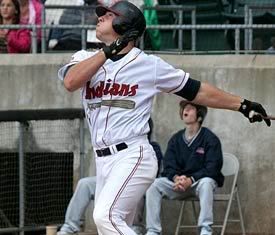
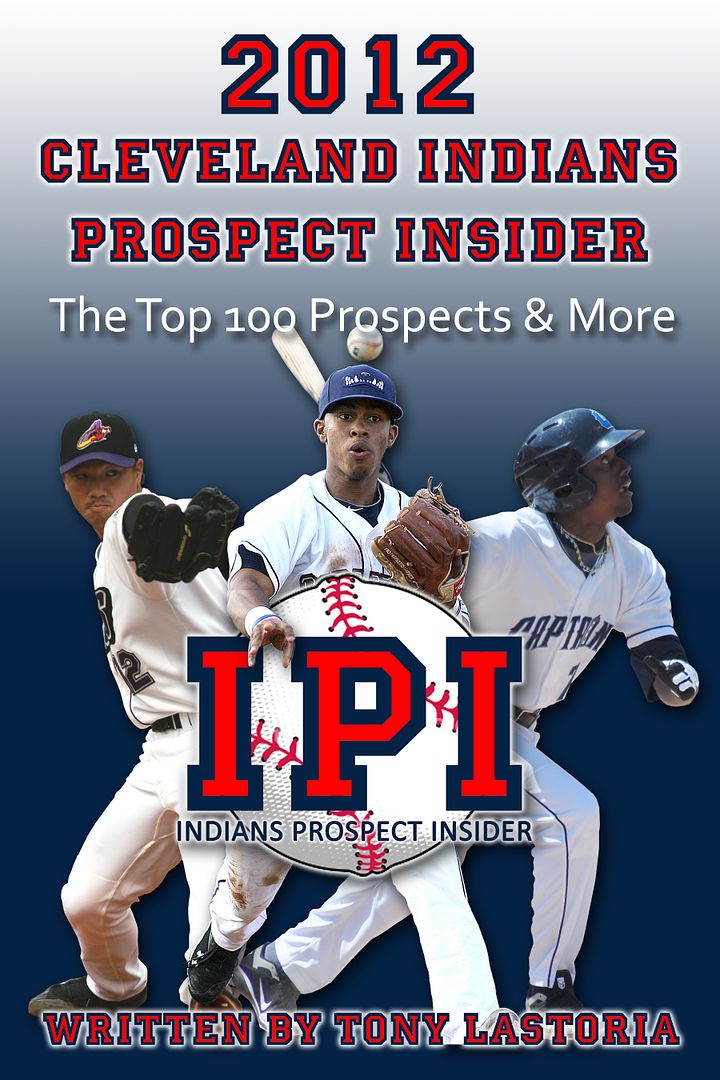
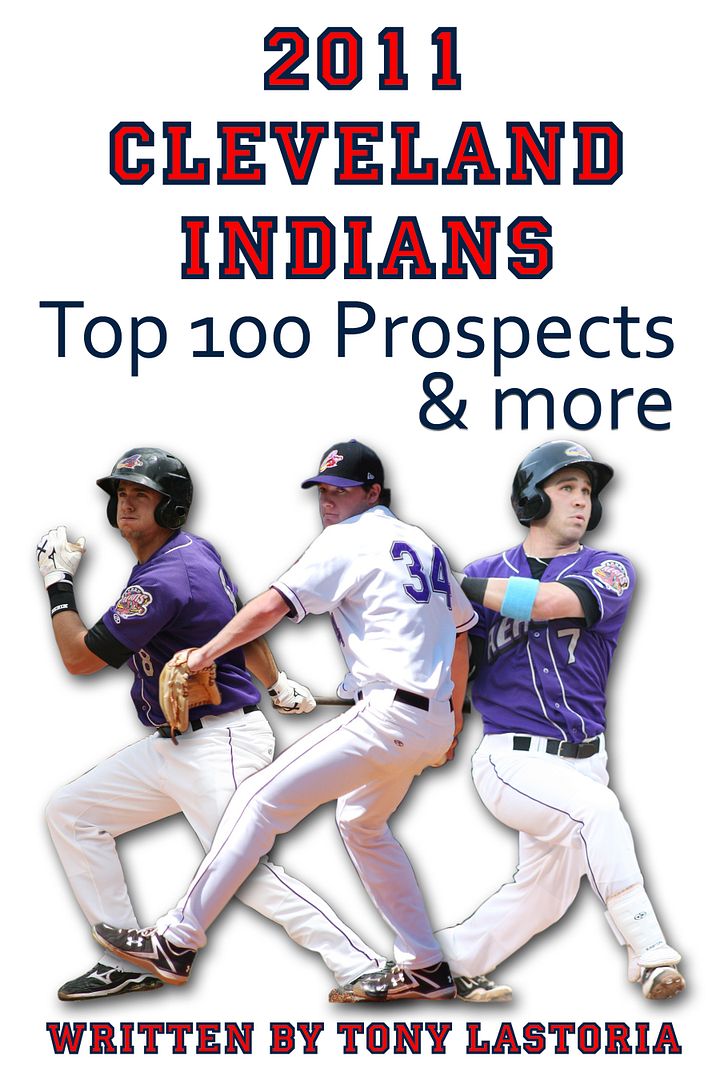
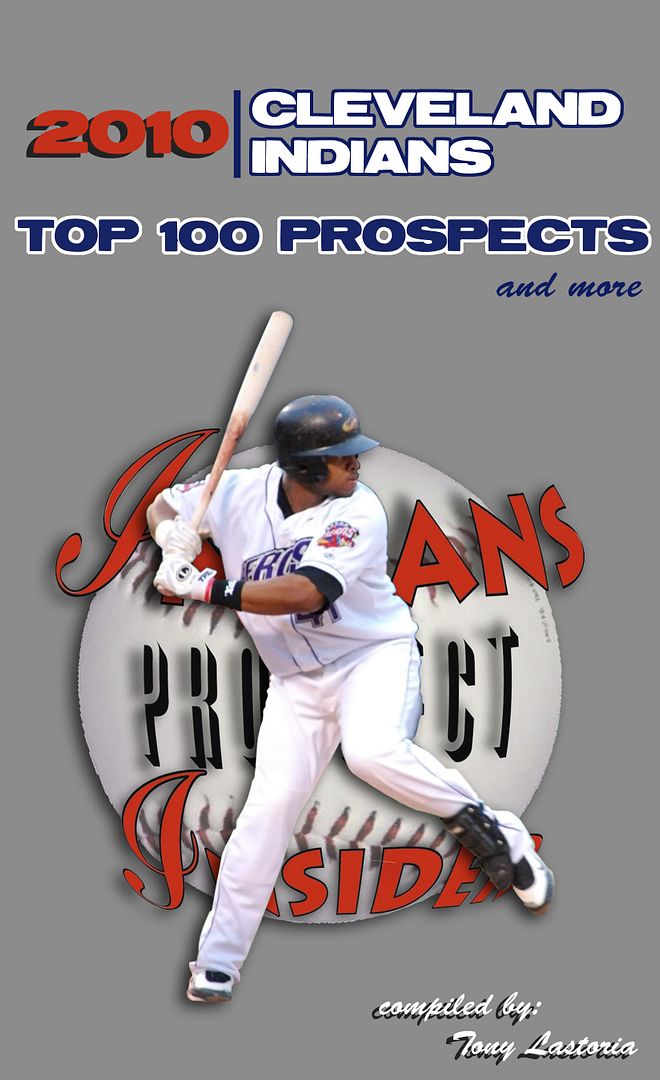
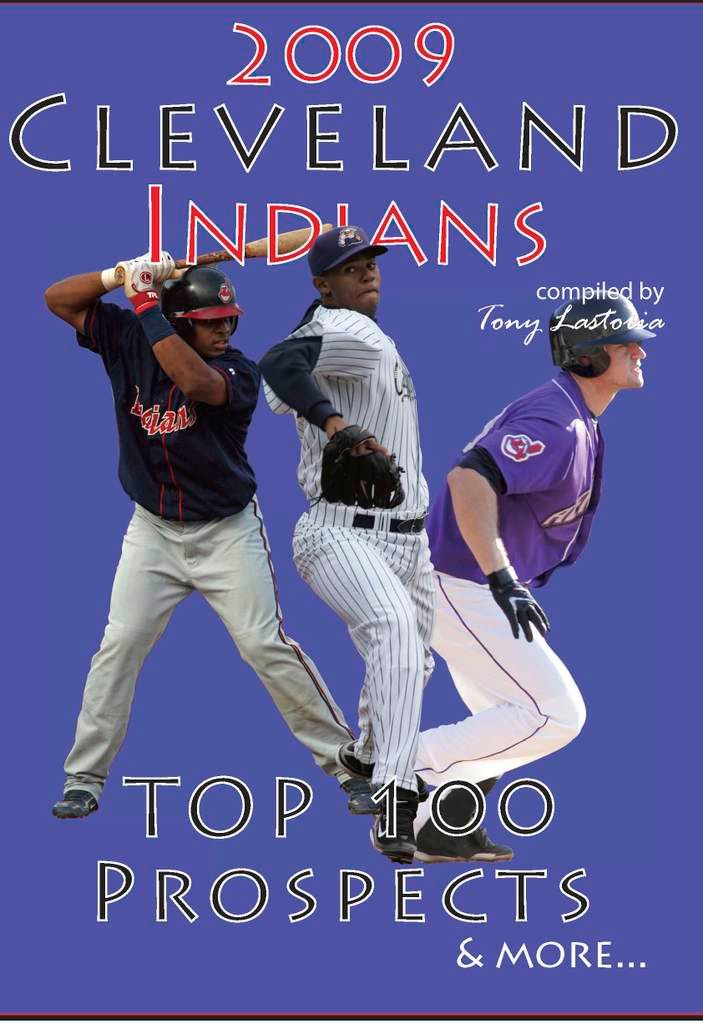
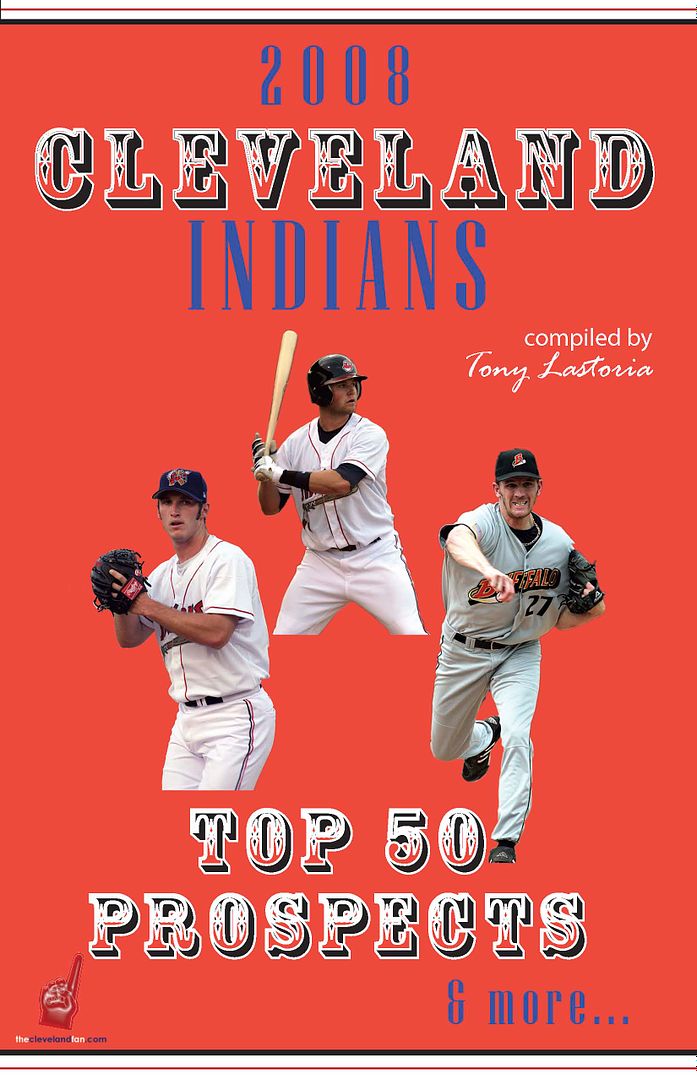
 Everything on this site is free, but for those interested in making any monetary contributions to help support the stability and growth of this site please click on the "Donate" button below.
Everything on this site is free, but for those interested in making any monetary contributions to help support the stability and growth of this site please click on the "Donate" button below.

